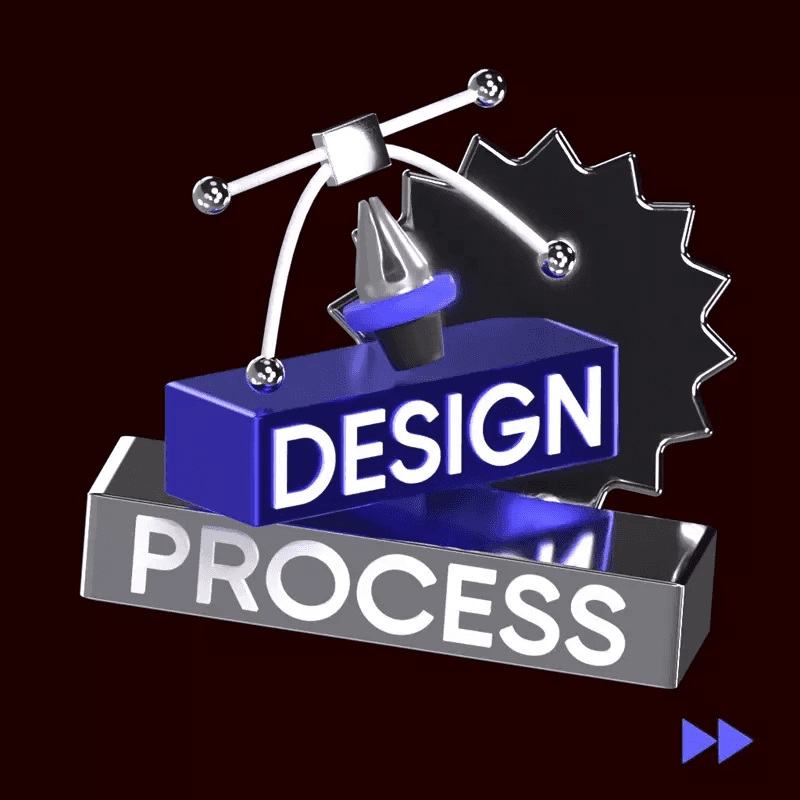Quaternion Rotations in 3D
Quaternion Rotations in 3D
Quaternion Rotations in 3D
Quaternion rotations in 3D refer to a mathematical concept used in computer graphics and animation to represent and manipulate 3D rotations. Quaternions are a four-dimensional extension of complex numbers and offer a more efficient way to interpolate and combine rotations compared to traditional methods such as Euler angles.
Quaternions are commonly used in 3D graphics engines because they avoid the problem of gimbal lock, which can occur when using Euler angles to represent rotations. Gimbal lock is a situation where two of the three rotational axes become aligned, causing a loss of one degree of freedom and making it difficult to perform certain rotations.
When using quaternions for rotations, a quaternion is defined by a scalar (real) part and a vector (imaginary) part. The scalar part represents the angle of rotation, while the vector part represents the axis of rotation. By interpolating between two quaternions, smooth and continuous rotations can be achieved without the issues associated with gimbal lock.
Quaternion rotations in 3D are widely used in applications such as computer graphics, virtual reality, and video games to create realistic and fluid animations. Understanding how quaternions work and how to manipulate them is essential for developers working in these fields.
Overall, quaternion rotations in 3D provide a powerful and efficient way to represent and manipulate rotations in computer graphics, offering advantages over traditional methods and helping to create more realistic and seamless animations.
15,000+ customizable 3D design assets
for UI/UX, website, app design and more


quote post


Information post


marketing post
Sign up for free
View All
A
B
C
D
E
F
G
H
I
J
K
L
M
N
O
P
Q
R
S
T
U
V
W
X
Y
Z
#
View All
A
B
C
D
E
F
G
H
I
J
K
L
M
N
O
P
Q
R
S
T
U
V
W
X
Y
Z
#
View All
A
B
C
D
E
F
G
H
I
J
K
L
M
N
O
P
Q
R
S
T
U
V
W
X
Y
Z
#
Tools
Create
Tools
Create